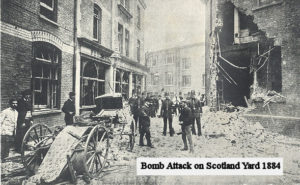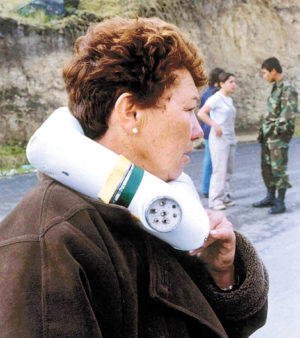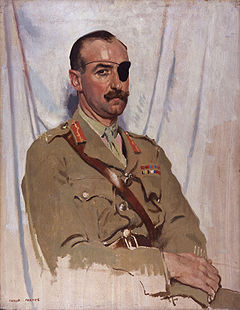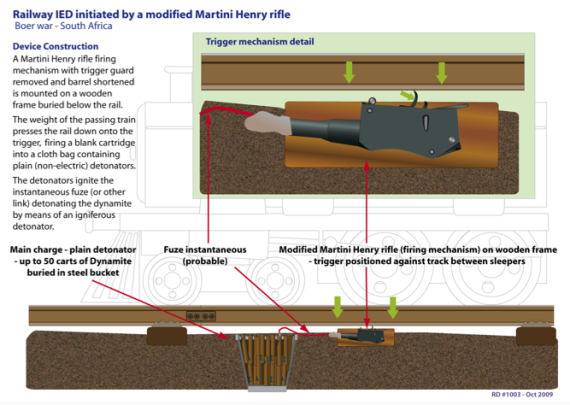One of the reasons I study historical IED attacks is the parallels with current IED attacks. Sometimes the parallels need a bit of analysis to see; sometimes the parallels are frankly startling. He’s some specific UK examples. It is often forgotten that the Irish terrorists have been planting IEDs in England since the late 19th century. There were then subsequent campaigns in 1939 (the “S Plan”) and later in the 20th century. It is interesting that sometimes the exact same targets were attacked.
The IRA’s “S Plan” in particular, although largely unsuccessful, posed an intriguing terrorist threat worthy of study because the IRA in the early months of 1939 attacked the national electrical power supply infrastructure in the UK. Not with much success, I admit, but nonetheless with clear strategic intent. There are a few other terrorist campaigns where specific aspects of infrastructure have been targeted but this is an interesting one. Details of the quite broad ranging S Plan attacks are here.
Below is a list of attacks that match or replicate IED attacks from earlier campaigns. In particular I would highlight the repeat attacks on Victoria Station (three times), and Hammersmith Bridge
Prisons:
1. 1867 – A “fenian” device used to breach a prison wall at Clerkenwell
2. 1939 IRA device blew up against the wall of Walton Gaol in Liverpool
London Train/ Tube stations
1. 1883/1884/1885 IEDs exploded at Gower St Station (now Euston Square) and Victoria Station left luggage office. Device defused at Charing Cross Station. Other devices exploded in tunnels
2. In 1939/1940 Devices exploded at Tottenham Court Road, Leicester Square, Kings Cross and Victoria Station left luggage office then in 1940 Euston station. IRA two devices defused at Baker Street
3. 1991, 1992 IEDs at Paddington station, Hammersmith and Victoria Station, London Bridge station, other devices on trains and near stations
Hammersmith Bridge
1. March 1939 Hammersmith Bridge attacked with two IEDs
2. June 2000 Hammersmith Bridge attacked with one IED
Houses of Parliament
1. 1884 Fenian devices exploded in the Houses of Parliament
2. 1974 IRA device exploded at the Houses of Parliament
Department stores
1. 1939 department stores attacked with incendiaries
2. 1991/1992 department stores and shops attacked with inendiaries
Scotland Yard
1. In 1884 a device exploded next to Scotland Yard, headquarters of the Metropolitan Police
2. In 1973, Police defused a bomb outside New Scotland Yard

Tower of London
1. 1885 An explosion at the Tower of London
2. 1974 An explosion at the Tower of London
Gasworks
1. 1883 A gas works was attacked with an IED in Glasgow
2. In 1939 gasworks were on the intended strategy of the IRA’s S Plan
3. In 1993 A gas works was attacked in Warrington




